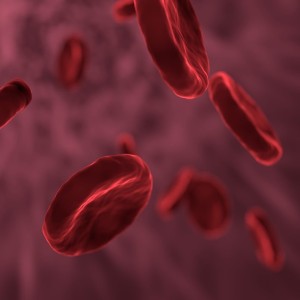 Smart Citations
Smart CitationsSee how this article has been cited at scite.ai
scite shows how a scientific paper has been cited by providing the context of the citation, a classification describing whether it supports, mentions, or contrasts the cited claim, and a label indicating in which section the citation was made.
Precision medicine in hemostasis: a review of prothrombin complex concentrates and the role of viscoelastic tests in tailoring therapy
This review explores the role of precision medicine in the management of bleeding disorders and anticoagulation therapy, with a focus on the use of visco-elastic tests such as Thromboelastography (TEG) and Rotational Thromboelastometry (ROTEM). These tests provide real-time, dynamic insight into a patient's coagulation status, guiding the choice between three-factor prothrombin complex concentrate (PCC3) and four-factor PCC (PCC4), as well as the use of activated four-factor PCC (FEIBA). The specific ROTEM tests, INTEM and EXTEM, further enhance our understanding of the intrinsic and extrinsic coagulation pathways. Moreover, the use of tranexamic acid (TXA) and fibrinogen, guided by these visco-elastic tests, has shown promise in trauma patients. TXA has been associated with survival benefit when administered immediately or within 3 hours of injury. Fibrinogen, a key factor in clot formation, can be monitored and supplemented as needed to optimize hemostasis. In conclusion, the practice of precision medicine, with the aid of TEG and ROTEM, offers the potential to enhance the safety and efficacy of PCC therapy, TXA administration, and fibrinogen supplementation. These tools are invaluable in tailoring therapy to the specific needs of each patient, potentially optimizing patient outcomes and minimizing the risk of adverse events.
Downloads
How to Cite

This work is licensed under a Creative Commons Attribution-NonCommercial 4.0 International License.
PAGEPress has chosen to apply the Creative Commons Attribution NonCommercial 4.0 International License (CC BY-NC 4.0) to all manuscripts to be published.

 https://doi.org/10.4081/ecj.2023.11500
https://doi.org/10.4081/ecj.2023.11500





